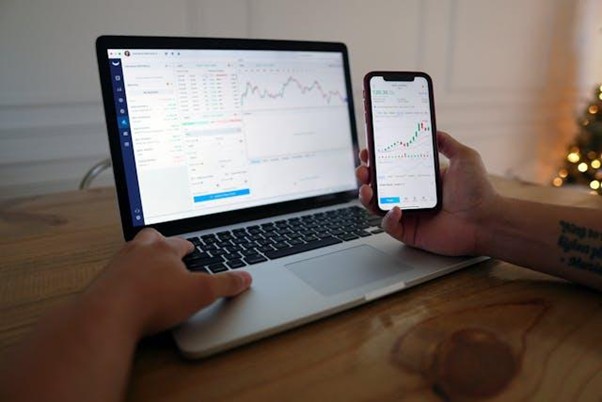Have you ever wondered why the price of gold keeps changing? Maybe you’re thinking about investing in it or just trying to understand how the market works. Gold is often seen as a “safe” investment, especially during times of uncertainty. But what really causes its price to rise or fall?
Understanding what moves gold prices is important if you’re thinking about buying, selling, or simply tracking it. Whether you’re new to investing or just curious, knowing what affects gold can help you make smarter decisions with your money.
The Basics of Supply and Demand
Like many things, gold prices are heavily influenced by supply and demand. If a lot of people want to buy gold but there’s not enough available, the price usually goes up. On the other hand, if more gold is being mined and sold than what people want to buy, the price may drop.
Gold isn’t just used for jewelry or coins—it’s also used in electronics and sometimes even medicine. However, most of the demand comes from investors and central banks. When they believe gold is a safe bet, demand rises, and so do prices.
How to Trade Gold in a Changing Market
If you’re thinking about learning how to trade gold, you first need to understand that it’s not like buying a stock or mutual fund. Gold can be traded in several forms—physical gold like coins or bars, exchange-traded funds (ETFs), or through futures contracts. Each type reacts to market changes in its own way.
Gold prices move when investors react to major global events. For example, during times of war, economic crisis, or inflation, people often buy more gold because they believe it holds value better than paper money. When confidence in the economy goes down, interest in gold usually goes up. That’s why gold is often seen as a “hedge” against inflation and instability.
The Role of the U.S. Dollar and Interest Rates
Another big factor that affects gold prices is the U.S. dollar. Gold is priced in dollars around the world. So, when the dollar gets weaker, gold often becomes more expensive for people in other countries. This increases demand and pushes the price higher.
Interest rates also play a big role. When rates are low, people earn less from savings accounts and other low-risk investments. That’s when gold becomes more attractive. But when interest rates go up, some investors move their money away from gold because other assets start offering better returns.
Emotions and Global Events Matter Too
Gold prices aren’t just about numbers and charts—they’re also affected by human emotions and global news. If there’s a major financial crisis, a natural disaster, or political unrest, gold prices often spike. That’s because people rush to buy gold out of fear that other investments will lose value.
Media headlines, investor panic, and even rumors can impact the price in a big way. That’s why it’s important to stay informed if you’re involved in gold trading or investing. Watching the news and understanding how people might react to it can give you insight into where gold prices might go next.
Final Thoughts on Understanding Gold Prices
Learning how gold prices are determined can give you a real advantage. You don’t need to be a professional investor to follow the trends. Pay attention to global events, the value of the U.S. dollar, interest rates, and how investors feel about the market. All of these play a part in shaping gold’s price every day.

